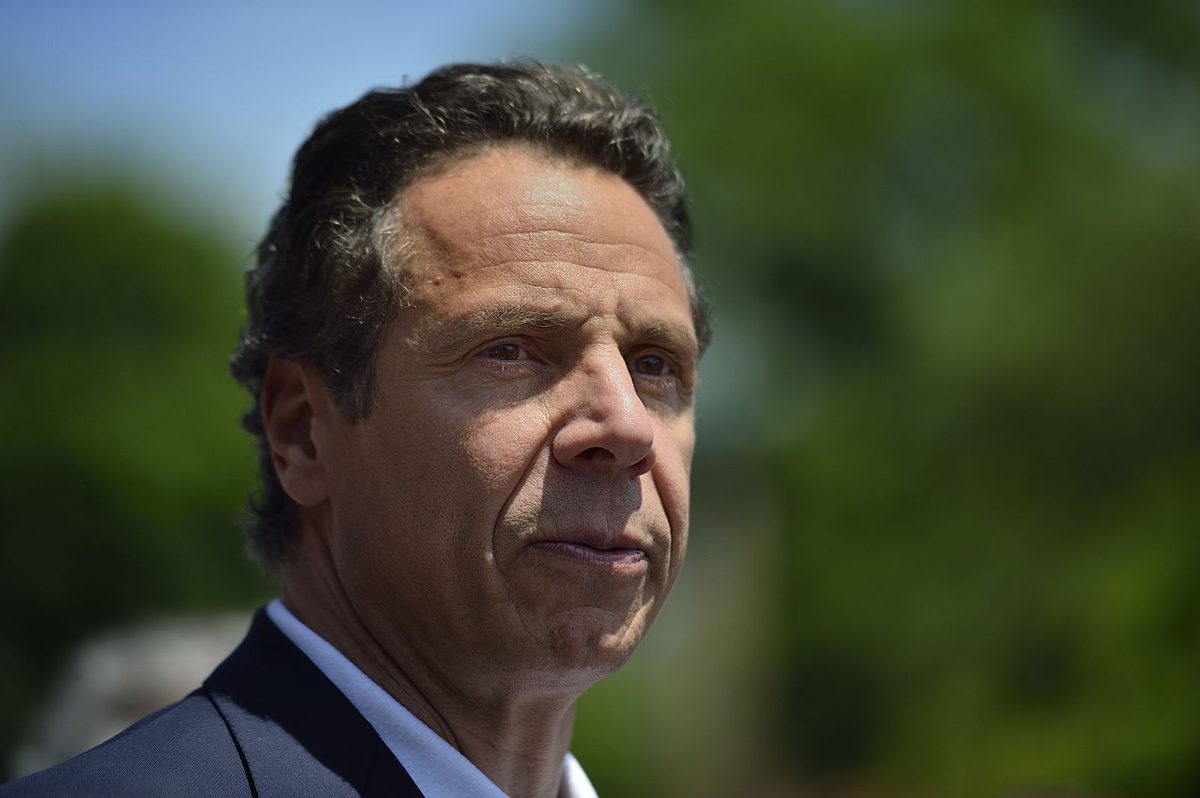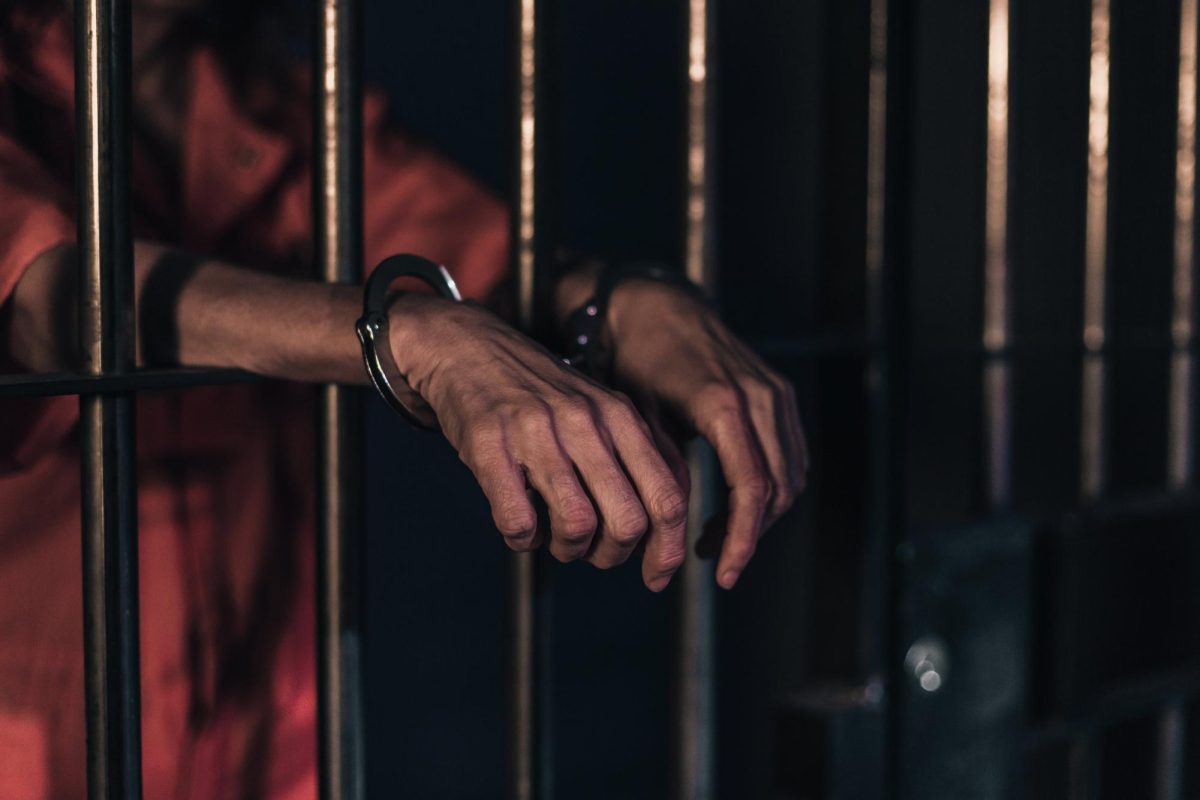The tragic story of a mother falling to her death at a train station has been shocking to many. The lack of accessibility in the MTA is unsurprising to most New Yorkers, who commute to work or school often for hours each day. From “station rehabilitation” to trains that are always late, many detest the MTA system but still continue to take it
However, when the death of Malaysia Goodson was broadcasted on various social media platforms and news outlets, many people felt a strong mix of sadness and frustration. But most importantly, they felt a need for permanent change.
Goodson’s death could have been prevented if there were more elevators and escalators for disabled people, the elderly or just parents taking their children home.
But because most stations are lacking in accessible transportation, a daughter has now lost her mother.
The famous New York City transit system is extremely outdated, and only 118 out of 472 stations are accessible, according to PIX11 News. Individuals should be wary of this number, because most of these elevators are usually broken or have a noticeable and unpleasant odor.
The Disability Rights Advocates group filed two class action lawsuits against the MTA because of “lack of wheelchair accessibility” and terrible management of existing elevators, according to Curbed.
The case emphasizes the fact that the MTA violates the Americans with Disabilities Act, which prohibits discrimination against individuals with disabilities in all areas of public life.
Without working elevators, the transit system fails to acknowledge the stress and inconvenience people with mobility issues face. New York City is known as one of the greatest cities in the world, but this historical transit system speaks otherwise.
Another lawsuit was filed in the Bronx when passengers were angered by the lack of elevators in the brand-new Middletown Road station.
It cost $27 million to reconstruct the station, but the MTA disregarded the fact that the station needed elevators for people with mobility issues, CBS New York reported. The nearest elevator to Middletown Road is over a mile away at Pelham Bay Park.
The lawsuit claims that the MTA broke the ADA. CBS New York published the MTA’s response, with the MTA stating that it is committed to creating new accessibility initiatives. The South District Attorney’s Office has added its name to this litigation, claiming it “does not buy” the MTA’s act.
Curbed reported that people like Chris Pangilinan often check every morning whether the elevators at their stops are working. But for Pangilinan in the last month, one of the three elevators he works and lives by has not been working.
Moreover, another regular train rider, Nolan Ryan Trowe, who is also a member of the disabled community, stated that his friend wheels his chair up and down the stairs at the 14th Street and 8th Avenue stations, according to Spectrum News.
By doing so, Trowe’s friend risks breaking his neck, and potentially dying. These hazardous stations are harming multiple people, so why has the MTA not done something to input working elevators?
According to the MTA, its Fast Forward plan states that passengers will always be two stops away from an elevator. However, this faulty promise does not yet have any funding.
Additionally, this five-year plan tries to ensure that the MTA is listening to the disabled community, when in fact its goals are vague and lack real implementation. One of the bullets state there will be more implementation of customer-friendly accessibility, in which workers will be taking accessibility training.
While optimistic, this afterthought does not address the reason why groups have filed class action lawsuits against the transit system. The bottom line is that riders need elevators.
A daughter now has to live her life without a mother because of the MTA’s slow and incompetent role as an organization that is supposed to cater to people of all needs.
The disabled community’s voices should not be left unheard, and Malaysia Goodson’s death should not be taken lightly.








